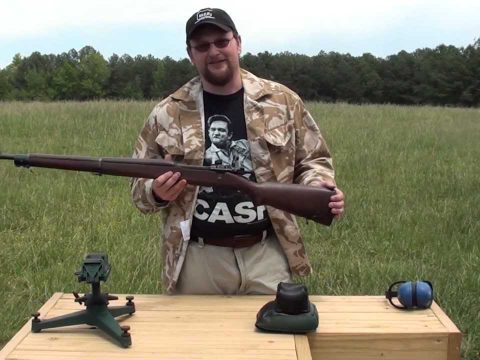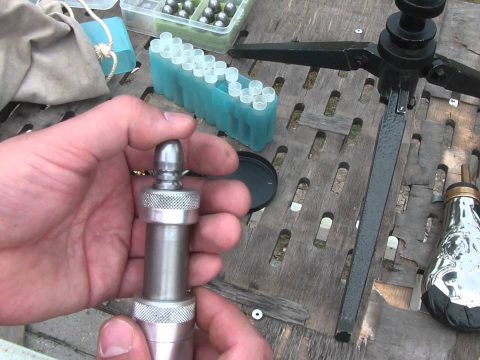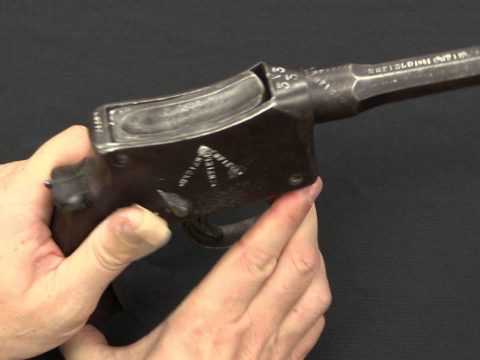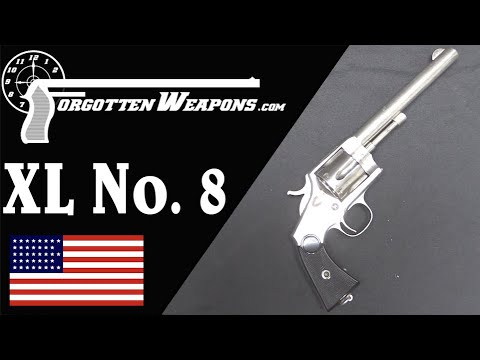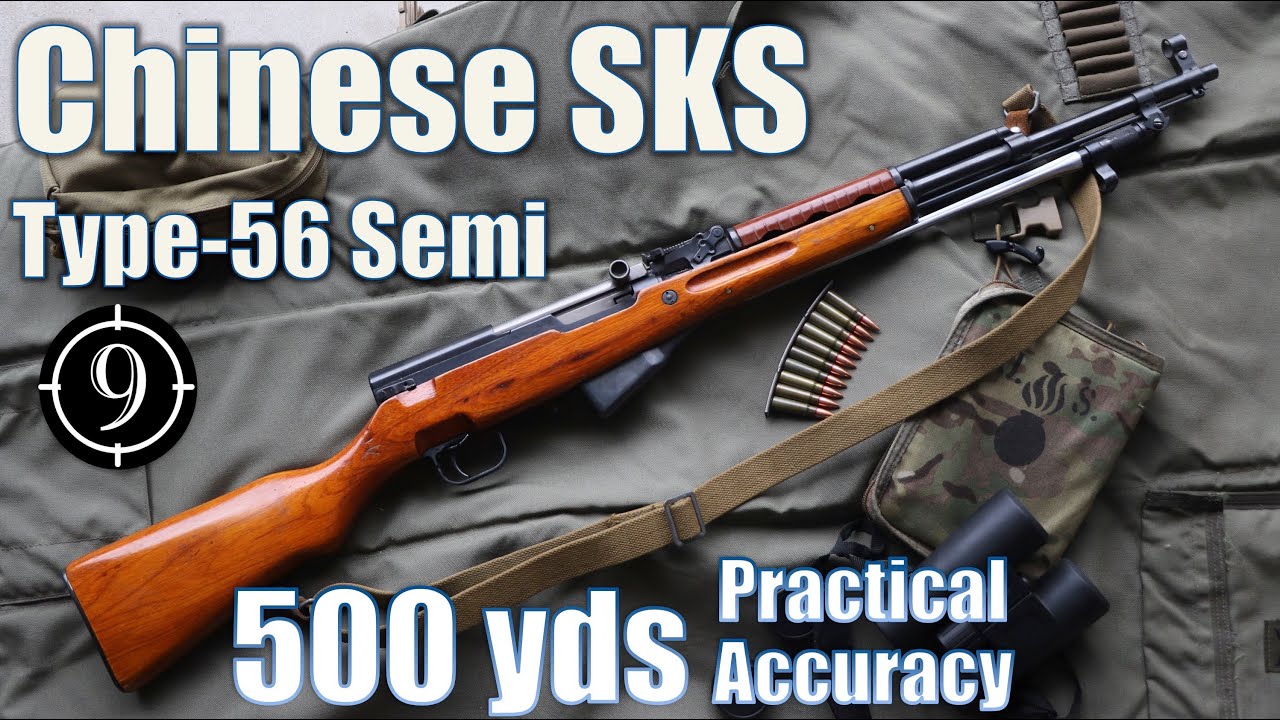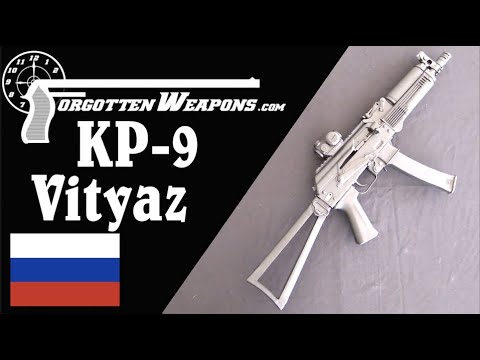Sold for $748.
Beretta offered its first semiautomatic pistols during World War One, with the Model 1915 chambered in 9mm Glisenti. This was quickly supplemented by the 1915/17 scaled down to the .32ACP cartridge, which was both handier to carry and less expensive to make. After the end of the war, Beretta looked to deign a more modern replacement pistol for military and security service use.
This would take the form of the Model 1923, which was based on the same patent and the same basic design. It was again chambered for the 9mm Glisenti cartridge – identical dimensionally to the 9x19mm Parabellum, but loaded substantially lighter so as to be more suited to a simple blowback action. The 1923 was the first Beretta design to use an exposed hammer, a feature which would follow into all later Beretta service pistols through the Model 92/96.
The 1923 did not sell well, and only 10,400 were made by 1926, when production ended. These pistols would remain in Beretta’s inventory into the mid 1930s, and the last 3,000 were finally sold to the Italian military just following a contract signed for purchase of 150,000 of the Model 1934 pistols – a deal which has the hallmarks of a cooperative agreement of the government to take these reliable but generally undesirable guns out of Beretta’s hands to help clean up their books.
A small number of 1923 model pistols (actually designated model 1924 by Beretta) were made with locking lugs at the bottom of the grip to fit a detachable combination shoulder stock and holster. This stock was essentially a standard Model 1923 leather holster with a mate lug and folding retractable strut added to connect to the pistol. While all holster/stock combinations were compromises between the need to carry the gun and the need to make it a more stable shooting platform the 1923 type was not a great design, of limited shooting utility (hence its very limited production and sale).
http://www.patreon.com/ForgottenWeapons

At Forgotten Weapons I think the most interesting guns out there are the most obscure ones. I try to search out experimental and prototype weapons and show you how they work, in addition to more conventional guns that you may not have heard of before. You’re much more likely to find a video on the Cei Rigotti or Webley-Fosbery here than an AR or Glock. So, do you want to learn about something new today? Then stick around!
